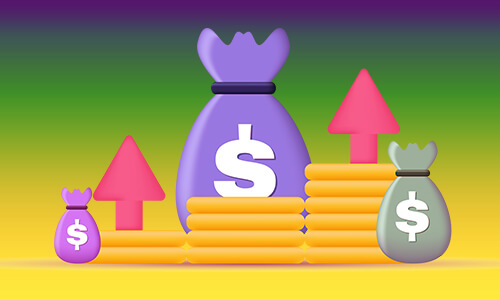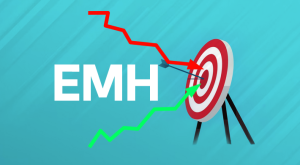The International Fisher Effect (IFE):
Decoding Interest Rates and Exchange Rates
The foreign exchange market, or forex for short, is a complex dance between currencies. Traders are constantly seeking an edge, trying to predict which currencies will rise and which will fall. The International Fisher Effect (IFE) is a theory that attempts to shed light on this very relationship between interest rates and exchange rates.
The Theory: Interest Rates Dictating Exchange Rates
The IFE suggests a proportional link between the difference in nominal interest rates of two countries and the expected change in the exchange rate between their currencies. In simpler terms, if Country A offers a higher nominal interest rate compared to Country B, the theory predicts that Country A’s currency will depreciate (weaken) relative to Country B’s currency over time.
The Core Idea: Interest Rates and Inflation
The IFE posits that there’s a connection between the nominal interest rates (stated interest rate) of two countries and the expected change in the exchange rate between their currencies. Here’s the breakdown:
- Higher interest rates are often seen as an incentive for investors to park their money in that country’s bonds or other interest-bearing instruments. This increased demand for the currency can initially push its value up.
- However, the IFE argues that these higher interest rates are also a sign of anticipated future inflation in that country. As inflation eats away at the purchasing power of the currency, it essentially weakens over time.
- Therefore, the initial appreciation due to higher interest rates might be temporary, eventually giving way to depreciation as inflation kicks in.
Why the Link?
- The IFE builds on the concept of arbitrage. Investors are always looking for the best returns. If a country offers a significantly higher interest rate, investors might be tempted to move their money there to benefit. This increased demand for the high-interest-rate currency can push its exchange rate up in the short term.
- However, the IFE suggests this isn’t sustainable in the long run. The higher interest rate is likely a response to anticipated inflation. As inflation eats into the real value (purchasing power) of the currency, any initial exchange rate gain might be negated.
The Man Behind the Theory: Irving Fisher
This theory is the brainchild of American economist Irving Fisher. He proposed the IFE in the early 1900s, and it has been a topic of debate among economists ever since.
The IFE gets its name from Irving Fisher, a prominent American economist of the early 20th century. Fisher believed that nominal interest rates reflected anticipated inflation. He argued that in a perfect market, arbitrage opportunities would ensure that real interest rates (nominal rate minus inflation) are roughly equal across countries.
The Great Economists Weigh In: A Measured Acceptance
The IFE has received mixed reactions from economists. While the core concept holds some truth, its real-world application has limitations.
- Short-Term vs. Long-Term: The IFE might hold more weight in the long run. Short-term fluctuations in exchange rates can be influenced by various factors beyond interest rate differentials.
- Market Frictions: The theory assumes perfect market efficiency, which isn’t always the case. Transaction costs, government intervention, and political instability can all disrupt the IFE’s predictions.
- Inflation Expectations: The accuracy of the IFE hinges on the accuracy of inflation expectations. If investors misjudge inflation in a country, the currency’s movement might not align with the IFE’s prediction.
The Takeaway: A Tool with Nuances
Despite the debate, the IFE remains a valuable concept for forex traders. It highlights the potential interplay between interest rates and exchange rates. By understanding the IFE, you can incorporate it into your analysis alongside other factors to make more informed forex trading decisions. However, remember that the IFE is not a foolproof predictor, and other factors can significantly influence exchange rate movements.
Disclaimer: This article is for informational purposes only and should not be considered financial advice. Please consult with a qualified financial advisor before making any investment decisions.
Happy trading
may the pips be ever in your favor!









One Comment
Can you get Bitcoin back from scammers?